UPSC Exam > UPSC Notes > History for UPSC CSE > Spectrum Summary: First Phase of Revolutionary Activities (1907-1917)
Spectrum Summary: First Phase of Revolutionary Activities (1907-1917) | History for UPSC CSE PDF Download
Why the Surge of Revolutionary Activities
- The first phase acquired a more activist form as a fallout of the Swadeshi and Boycott Movement and continued till 1917. The second phase started as a fallout of the Non-Cooperation Movement.
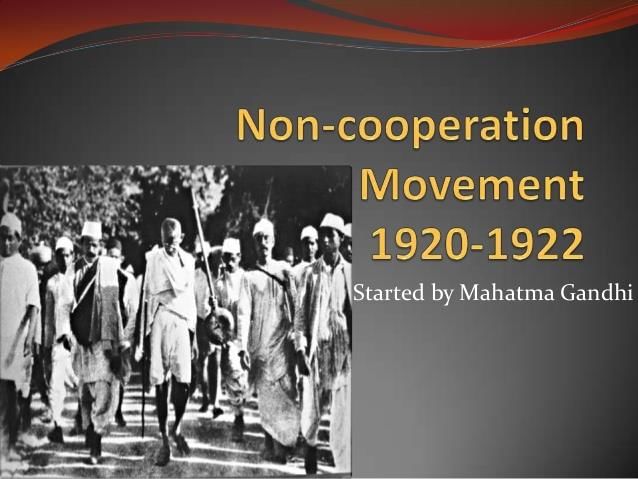
- After the decline of the open movement, the younger nationalists who had participated in the movement found it impossible to leave off and disappear into the background.
- They looked for avenues to give expression to their patriotic energies but were disillusioned by the failure of the leadership, even the Extremists, to find new forms of struggle to bring into practice the new militant trends.
- The Extremist leaders, although they called upon the youth to make sacrifices, failed to create an effective organisation or find new forms of political work to tap these revolutionary energies.
The Revolutionary Programme
- The revolutionaries considered but did not find it practical at that stage to implement, the options of creating a violent mass revolution throughout the country or of trying to subvert the loyalties of the Army.
- Instead, they opted to follow in the footsteps of Russian nihilists or the Irish nationalists. This methodology involved individual heroic actions, such as organising assassinations of unpopular officials and of traitors and informers among the revolutionaries themselves, conducting swadeshi dacoities to raise funds for revolutionary activities, and (during the First World War) organising military conspiracies with the expectation of help from the enemies of Britain.
Question for Spectrum Summary: First Phase of Revolutionary Activities (1907-1917)Try yourself: What did the revolutionaries choose to do instead of a mass revolution?View Solution
A Survey of Revolutionary Activities
Bengal
- The first revolutionary groups were organised in 1902 in Midnapore (under Jnanendranath Basu) and in Calcutta (the Anushilan Samiti founded by Promotha Mitter, including Jatindranath Banerjee, Barindra Kumar Ghosh and others.)
 Barindra Kumar Ghosh
Barindra Kumar Ghosh - In April 1906, an inner circle within Anushilan (Barindra Kumar Ghosh, Bhupendranath Dutta) started the weekly Yugantar and conducted a few abortive 'actions’.
- After severe police brutalities on participants of the Barisal Conference (April 1906), the Yugantar wrote: "The remedy lies with the people. The 30 crore people inhabiting India must raise their 60 crore hands to stop this curse of oppression. Force must be stopped by force.”
- Rashbehari Bose and Sachin Sanyal had organised a secret society covering far-flung areas of Punjab, Delhi and United Provinces while some others like Hemachandra Kanungo went abroad for military and political training.
- In 1907, an abortive attempt was made by the Yugantar group on the life of a very unpopular British official, Sir Fuller (the first Lt. Governor of the new province of Eastern Bengal and Assam).
- In December 1907, there were attempts to derail the train on which the lieutenant-governor, Sri Andrew Fraser.
- In 1908, Prafulla Chaki and Khudiram Bose threw a bomb at a carnage. The whole Anushilan group was arrested including the Ghosh brothers, Aurobindo and Barindra, who were tried in the Alipore conspiracy case, variously called Manicktolla bomb conspiracy or Muraripukur conspiracy.
- In February 1909, the public prosecutor was shot dead in Calcutta and in February 1910, a deputy superintendent of police met the same fate while leaving the Calcutta High Court.
- In 1908, Barrah dacoity was organised by Dacca Anushilan under Pulin Das to raise funds for revolutionary activities.
- Jatin Mukherjee was shot and died a hero's death in Balasore on the Orissa coast in September 1915. “We shall die to awaken the nation ", was the call of Bagha Jatin.
- Newspapers and journals advocating revolutionary activity included Sandhya and Yugantar in Bengal and Kal in Maharashtra.
Maharashtra
- The first of the revolutionary activities in Maharashtra was the organisation of the Ramos Peasant Force by Vasudev Balwant Phadke.
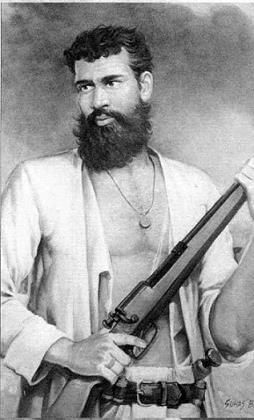 Vasudev Balwant Phadke
Vasudev Balwant Phadke - In 1879 Tilak propagated a spirit of militant nationalism, including use of violence, through Ganapati and Shivaji festivals and his journals Kesari and Mahratta. Two of his disciples—the Chapekar brothers, Damodar and Balkrishna—murdered the Plague Commissioner of Poona, Rand, and one Lt. Ayerst in 1897.
- Savarkar and his brother organised Mitra Mela, a secret society, in 1899 which merged with Abhinav Bharat (after Mazzini's Young Italy') in 1904. SoonNasik, Poona and Bombay emerged as centres of bomb manufacture.
Question for Spectrum Summary: First Phase of Revolutionary Activities (1907-1917)Try yourself: What is the focus of the survey mentioned?View Solution
Punjab
- Lala Lajpat Rai who brought out Punjabi (with its motto of self-help at any cost) and Ajit Singh (Bhagat Singh's uncle) who organised the extremist Anjuman-i-Mohisban-i- Watan in Lahore with its journal, Bharat Mata.
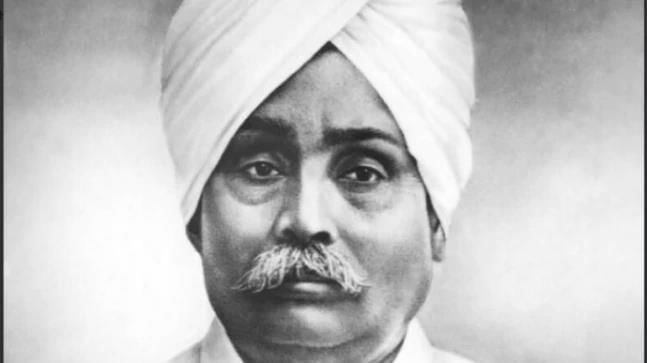 Lala Lajpat Rai
Lala Lajpat Rai
Revolutionary Activities Abroad
- Shyamji Krishnavarma started in London in 1905 an Indian Home Rule Society— "India House’—as a centre for Indian students, a scholarship scheme to bring radical youth from India, and a journal The Indian Sociologist.
- Madanlal Dhingra from this circle assassinated the India office bureaucrat Curzon- Wyllie in 1909. New centres emerged on the continent—Paris and Geneva.
- The Ghadar
- Ghadar Party was a revolutionary group organised around a weekly newspaper. The Ghadar with its headquarters in San Francisco and branches along the US coast and in the Far East.
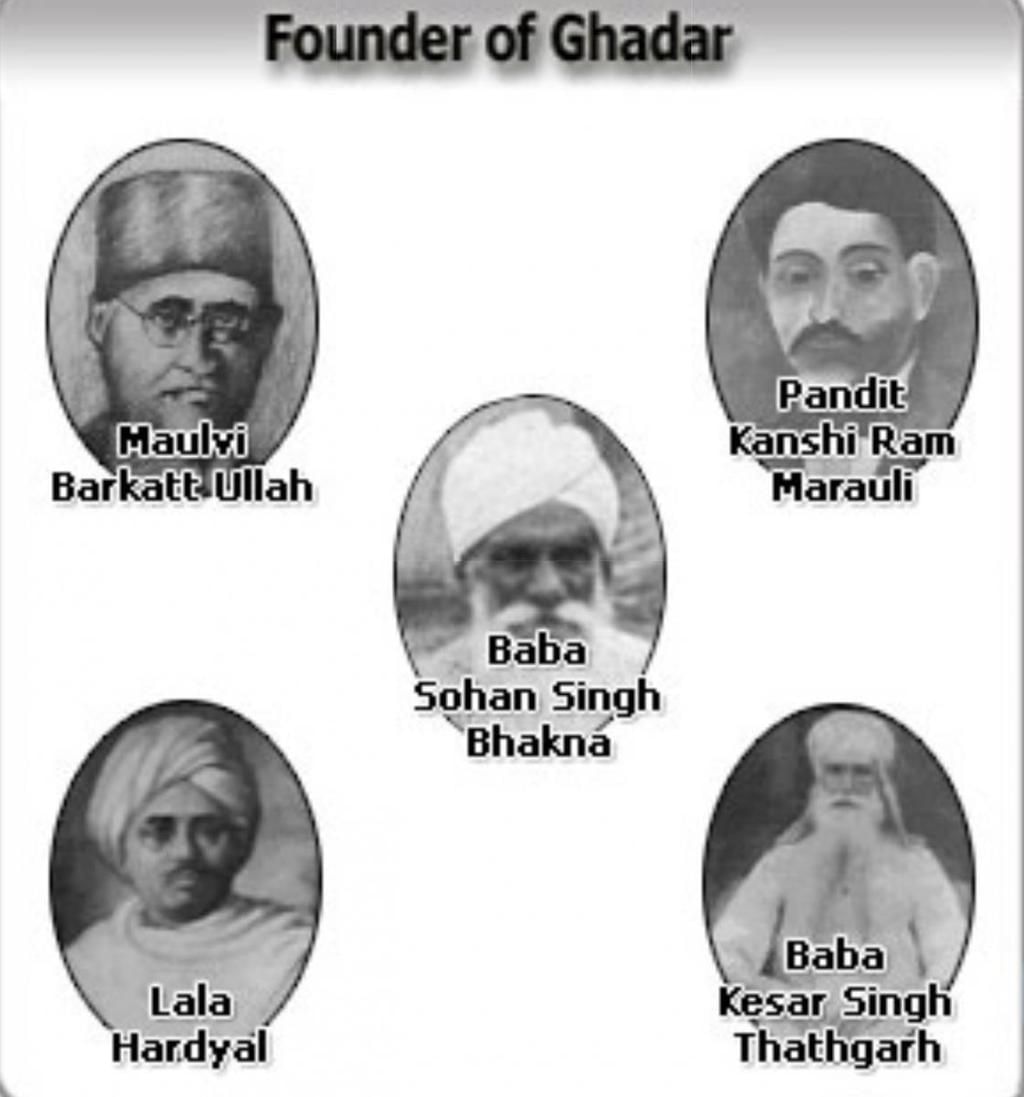
- These revolutionaries included mainly ex-soldiers and peasants who had migrated from Punjab to the USA and Canada in search of better employment opportunities.
- To carry out revolutionary activities, the earlier activists had set up a 'Swadesh Sevak Home’ at Vancouver and a 'United India House' in Seattle. Finally, in 1913, the Ghadr was established.
- Their plans were encouraged by two events in 1914— the Komagata Maru incident and the outbreak of the First World War.
- Komagata Maru Incident and the Ghadr Komagata Maru was the name of a ship which was carrying 370 passengers, mainly Sikh and Punjabi Muslim would-be immigrants, from Singapore to Vancouver.
- The ship finally anchored at Calcutta in September 1914. The inmates refused to board the Punjab-bound train. In the ensuing conflict with the police at Budge Budge near Calcutta, 22 persons died.
- Ghadrites fixed February 21, 1915, as the date for an armed revolt in Ferozepur, Lahore and Rawalpindi garrisons. The authorities took immediate action, aided by the Defence of India Rules, 1915.
- British met the wartime threat with a formidable battery of repressive measures— the most intensive since 1857—and above all by the Defence of India Act passed in March 1915 primarily to smash the Ghadr movement.
- Evaluation of Ghadr The achievement of the Ghadr movement lay in the realm of ideology. It preached militant nationalism with a completely secular approach.
- Ghadar Party was a revolutionary group organised around a weekly newspaper. The Ghadar with its headquarters in San Francisco and branches along the US coast and in the Far East.
Revolutionaries in Europe
- Berlin Committee for Indian Independence was established in 1915 by Virendranath Chattopadhyay, Bhupendranath Dutta, Lala Hardayal and others with the help of the German foreign office under the 'Zimmerman Plan’.
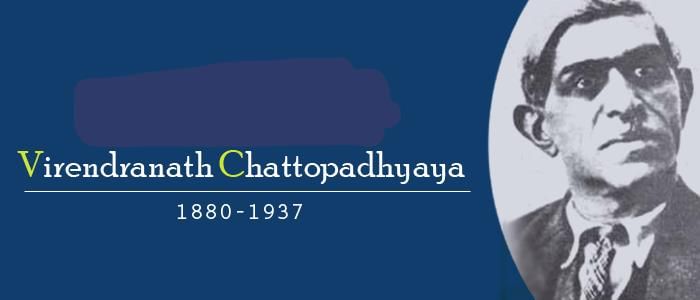
- Indian revolutionaries in Europe sent missions to Baghdad, Persia, Turkey and Kabul to work among Indian troops and the Indian prisoners of war (POWs) and to incite anti-British feelings among the people of these countries.
- One mission under Raja Mahendra Pratap Singh, Barkatullah and Obaidullah Sindhi went to Kabul to organise a 'provisional Indian government' there with the help of the crown prince, Amanullah.
Mutiny in Singapore
- Most notable was in Singapore on February 15, 1915, by Punjabi Muslim 5th Light Infantry and the 36th Sikh battalion under Jamadar Chisti Khan, Jamadar Abdul Gani and Subedar Daud Khan.
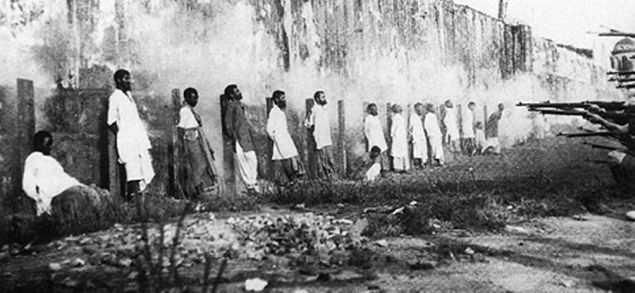 Mutiny in Singapore
Mutiny in Singapore - It was crushed after a fierce battle in which many were killed.
Decline
- There was a temporary respite in revolutionary activity after the First World War because the release of prisoners held under the Defence of India Rules cooled down passions a bit, there was an atmosphere of conciliation after Montagu’s August 1917 statement.
Question for Spectrum Summary: First Phase of Revolutionary Activities (1907-1917)Try yourself: What was one of the reasons for the surge of revolutionary activities during the second phase?View Solution
The document Spectrum Summary: First Phase of Revolutionary Activities (1907-1917) | History for UPSC CSE is a part of the UPSC Course History for UPSC CSE.
All you need of UPSC at this link: UPSC
|
216 videos|855 docs|219 tests
|
FAQs on Spectrum Summary: First Phase of Revolutionary Activities (1907-1917) - History for UPSC CSE
| 1. Why did revolutionary activities surge during the first phase of 1907-1917? |  |
Ans. The surge of revolutionary activities during this phase was mainly due to the widespread discontent among the Russian population with the autocratic rule of the Tsar, social inequality, and oppressive working conditions. The working class, peasants, and intellectuals were increasingly joining revolutionary movements to push for political and social change.
| 2. What was the revolutionary programme during this period? |  |
Ans. The revolutionary programme during this period aimed at overthrowing the autocratic rule of the Tsar and establishing a socialist society. It advocated for the rights and welfare of the working class, peasants, and other oppressed groups. The programme also sought to address issues of land redistribution, workers' rights, and political freedoms.
| 3. What were some key features of the first phase of revolutionary activities? |  |
Ans. The first phase of revolutionary activities (1907-1917) witnessed the formation of various revolutionary organizations, such as the Russian Social Democratic Labour Party and the Bolsheviks. Strikes, protests, and demonstrations became common methods of expressing discontent. The period also saw the emergence of influential revolutionary leaders like Vladimir Lenin and Leon Trotsky.
| 4. How did the revolutionary activities impact Russian society during this phase? |  |
Ans. The revolutionary activities during this phase had a profound impact on Russian society. They led to increased awareness and mobilization among the working class and peasants. The revolutionary movements also sparked a sense of hope and empowerment among the oppressed, motivating them to stand up against the existing social and political order.
| 5. How did the Russian government respond to the surge of revolutionary activities? |  |
Ans. The Russian government responded to the surge of revolutionary activities with repression and crackdowns. They used violence, censorship, and arrests to suppress revolutionary movements and maintain their power. However, these measures only fueled further discontent and resistance among the population, eventually leading to the Russian Revolution of 1917.
Related Searches

















